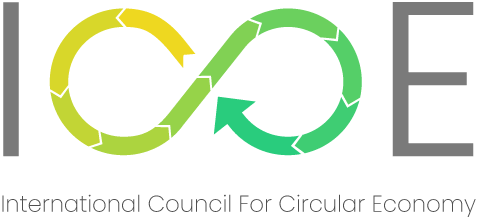FRAMEWORK FOR EFFECTIVELY CARRYING OUT CIRCULAR ECONOMY PROJECTS
Introduction and background Environmental degradation is a global problem. India also is facing the impact in many spheres, not only from the perspective of global warming and climate change, but also in the area of environment, ecology, and flora and fauna, resulting in the extinction of many living species. As a conscious effort during the …
FRAMEWORK FOR EFFECTIVELY CARRYING OUT CIRCULAR ECONOMY PROJECTS Read More »
